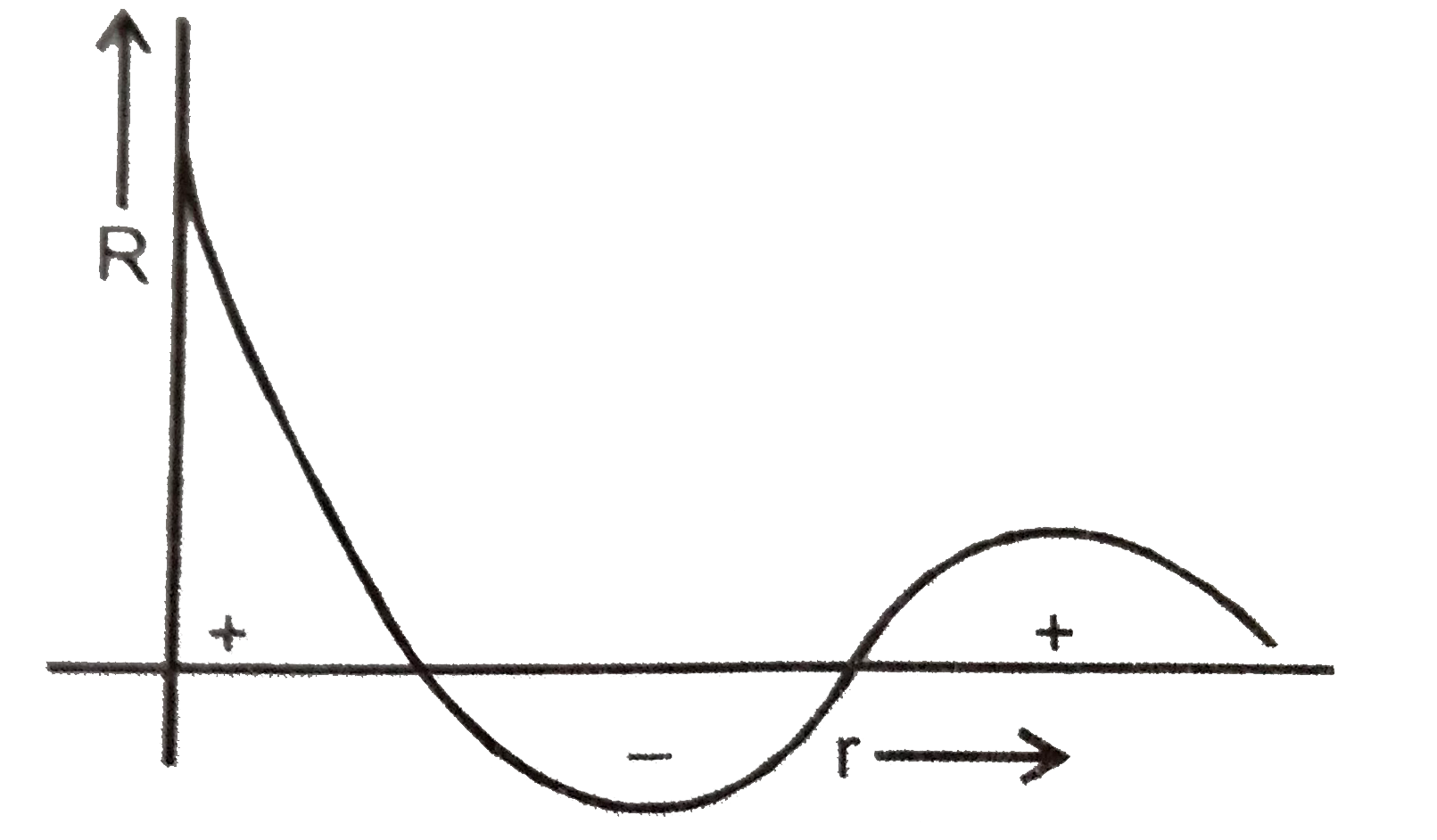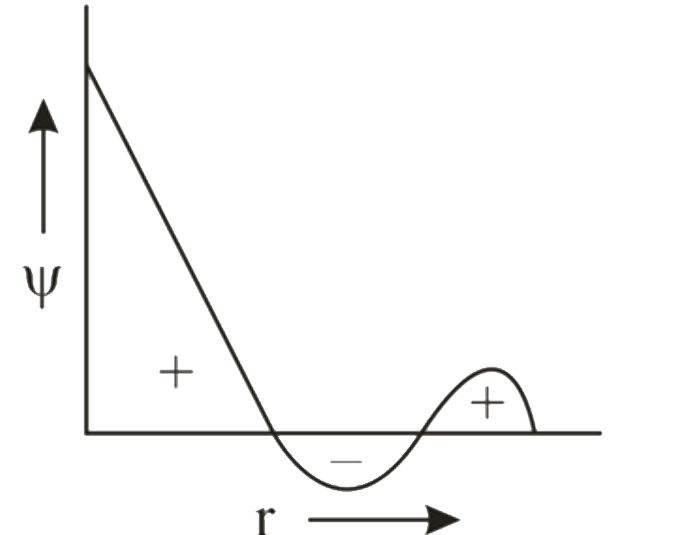The angular wave function of which orbital with not disturb by the variation with azimuthal angle only
1s and 2s
2pz and 2d2z
2px and 3d2z
2px and 2s
The correct Answer is:A
To solve the question regarding which orbital's angular wave function is not disturbed by the variation with the azimuthal angle, we can follow these steps:
Step 1: Understand the Angular Wave Function
The angular wave function describes how the probability density of finding an electron varies with angles in three-dimensional space. It is typically expressed in terms of spherical coordinates, which include the polar angle (θ) and the azimuthal angle (φ).
Step 2: Identify the Orbitals
The main types of orbitals are s, p, d, and f:
- s orbitals: These are spherical and have no angular dependence. Their wave function depends only on the radial distance (r).
- p orbitals: These have a dumbbell shape and depend on both r and θ.
- d orbitals: These have more complex shapes and also depend on both r and θ.
- f orbitals: These are even more complex and depend on r, θ, and φ.
Step 3: Analyze the s Orbital
The s orbital is unique because it is spherical. This means that the electron density is uniform in all directions, and it does not change with variations in the azimuthal angle (φ). Therefore, the angular wave function for the s orbital does not depend on φ.
Step 4: Conclusion
Since the s orbital is the only one that does not vary with the azimuthal angle, we can conclude that the angular wave function of the s orbital will not be disturbed by variations in the azimuthal angle.
Final Answer
The angular wave function of the s orbital will not be disturbed by the variation with the azimuthal angle only.
---
The angular wave function describes how the probability density of finding an electron varies with angles in three-dimensional space. It is typically expressed in terms of spherical coordinates, which include the polar angle (θ) and the azimuthal angle (φ).
The main types of orbitals are s, p, d, and f:
- s orbitals: These are spherical and have no angular dependence. Their wave function depends only on the radial distance (r).
- p orbitals: These have a dumbbell shape and depend on both r and θ.
- d orbitals: These have more complex shapes and also depend on both r and θ.
- f orbitals: These are even more complex and depend on r, θ, and φ.
The s orbital is unique because it is spherical. This means that the electron density is uniform in all directions, and it does not change with variations in the azimuthal angle (φ). Therefore, the angular wave function for the s orbital does not depend on φ.
Since the s orbital is the only one that does not vary with the azimuthal angle, we can conclude that the angular wave function of the s orbital will not be disturbed by variations in the azimuthal angle.
The angular wave function of the s orbital will not be disturbed by the variation with the azimuthal angle only.
Topper's Solved these Questions
- NUCLEAR CHEMISTRYBOOK - RESONANCE ENGLISHCHAPTER - NUCLEAR CHEMISTRYEXERCISE - Exercise-3
15 Videos
- NUCLEAR CHEMISTRYBOOK - RESONANCE ENGLISHCHAPTER - NUCLEAR CHEMISTRYEXERCISE - PART-II
26 Videos
- NUCLEAR CHEMISTRYBOOK - RESONANCE ENGLISHCHAPTER - NUCLEAR CHEMISTRYEXERCISE - PART -III :
8 Videos
- NITROGEN CONTAINING COMPOUNDSBOOK - RESONANCE ENGLISHCHAPTER - NITROGEN CONTAINING COMPOUNDSEXERCISE - ORGANIC CHEMISTRY(Nitrogen containing Compounds)
30 Videos
- P BLOCK ELEMENTSBOOK - RESONANCE ENGLISHCHAPTER - P BLOCK ELEMENTSEXERCISE - PART -II
23 Videos
Similar Questions
In the stationary wave equation which part represents the variation in the amplitude.
View SolutionThe angular momentum of an electron is zero. In which orbital may it be present?
View SolutionIf ΨAandΨB are the wave functions of two combining orbitals, what would be the wave functions of the molecular orbitals formed?
View SolutionFrom the following observation predict the type of orbital :
Observation 1 : x y plane acts as nodal plane
Observation 2 : The angular function of the orbital intersect the three axis at origin only.
Observation 3 : R2(r)v/sr curve is obtained for the orbital is
_E01_065_Q01.png)
View SolutionA wave function for an atomic orbital is given as Ψ2,1,0 Recogine the orbital
View Solutiondxy orbital has lobes between x- and y- axes. The wave function of two lobes are positive and those of other two are negative. The positive wave function signifies that :
View SolutionWave function of an orbital is plotted against the distance from nucleus. The graphical representation is of :

View SolutionWave function of an orbital is plotted against the distance from nucleus

The graphical representation is of
View SolutionThe orbital angular momentum of an electron which is present in p orbital is
View SolutionIdentify the complex in which only one d orbital is used in the hybridisation
View Solution
